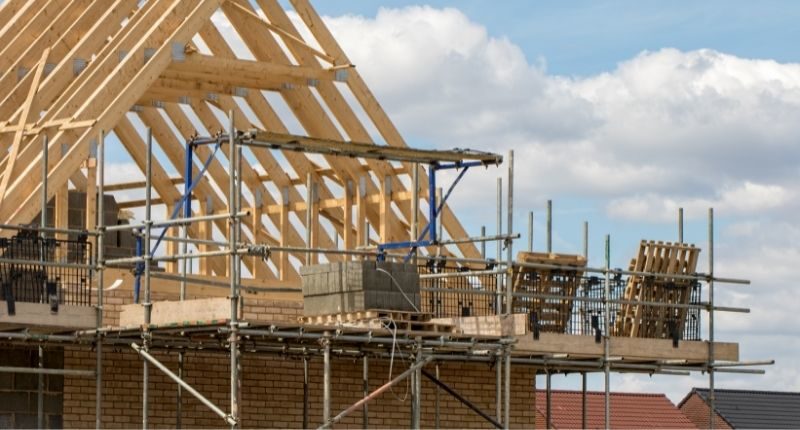- During final quarter of 2021, value of select wood reached its highest level ever
- Typically, timber is sourced locally
- Demand remains high for new housing, with approvals on the rise
Over the past year and a half, shortages have caused significant delays right across the building sector.
Data released this week by the Australian Bureau of Statistics (ABS) has, however, pointed to a gradual improvement in supply chains meeting the demands of the pandemic-induced house boom.
During the final quarter of 2021, the value of select wood reached the highest level on record.
Value of Select Wood

Thomas Devitt, an economist from the Housing Industry Association (HIA), noted that while timber is predominately produced locally, excess demand reiterated the need to largely source from overseas.
“Supply chain developments like this will help ease pressures in home building and the broader economy,” he said.
“This boom is set to keep builders busy this year and into 2023. The main constraint facing builders this year will continue to be the price and availability of land, labour and materials.
“Properly functioning supply chains will go a long way towards helping to ease these pressures.”
Building approvals up
The ABS also revealed the total number of dwellings approved has risen.
In seasonally adjusted terms, it rose by 8.2% in December, following a November increase of 2.6%.
“The rise in the total number of dwellings approved in December was driven by an increase in approvals for private sector dwellings excluding houses, which rose 27.5 %,” said Daniel Rossi, ABS’s director of construction statistics.
For the year 2021, multi-unit approvals were up by 17.9%, with almost 78,000 approvals.
“This is an encouraging sign that apartment construction will return prior to the return of overseas migration,” added Mr Devitt.
“Building approvals for detached housing also remained elevated at the end of 2021 to produce the strongest year on record.”
The high levels of approvals are consistent with other forms of data such as housing finance stats and the new home sales survey conducted by the HIA .
New loan commitments for housing rose by 4.4% to a record level of $32.8 billion. This was mostly fuelled by owner-occupier loans.
“The value of renovations approved also remains elevated,” said Mr Devitt.
“The last 12 months has seen $12.4 billion worth of renovations approved, an increase of 33.3 per cent on the previous year. “
New South Wales saw the largest increase in total residential building approvals across 2021 compared to 2020.








